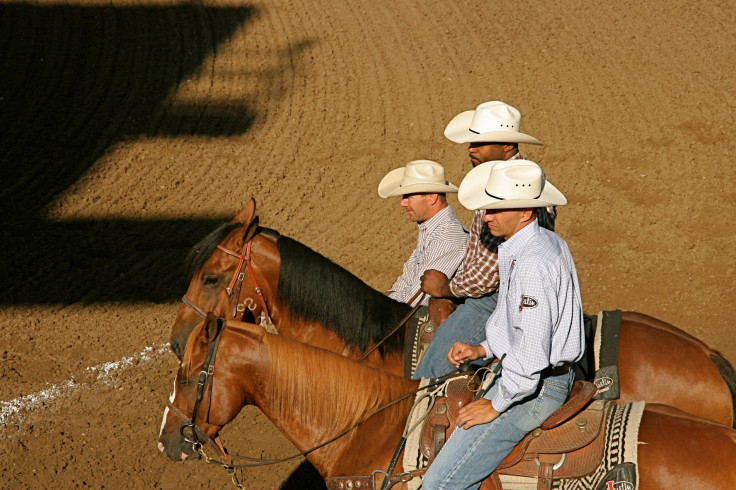'American Rodeo': Capturing the Joy and pain of cowboys in the US; Exclusive Interview with Director H.D. Motyl

Every year cowboys from across the US travel hundreds of miles, day and night, in order to take part in the rodeo circuit. Many do this with overdrawn bank accounts and by sacrificing personal relationships, with dreams of chasing fame and fortune. One documentary attempts to capture the joys and pain these men and their families go through.
In an exclusive interview with International Business Times, Australia - Director H.D. Motyl talked about what it took to make his new documentary “American Rodeo.” The film is set in the two weeks leading up to the Fourth of July, when there are over 90 rodeos across 35 states. This period is unofficially known as Cowboy Christmas. Motyl and his team travelled extensively and got about 135 hours of footage.
“ Cowboy Christmas takes place at the end of June, but my Director of Photography and I went to Texas in early January to do formal interviews of our cowboys and their families and friends,” Motyl said. The duo also travelled to Beaumont, Stephenville and “a tiny one-stoplight town called Cross Plains in the center of the state” at that time.
In June the team was back to Texas and this time there were four members, including the director. “We were all over the state—to Malakoff to interview a stock contractor, to an indoor rodeo in Mesquite (outside of Dallas), to a bunch of small town rodeos in Cleburne, Coleman and Weatherford. Our final rodeo in Texas was in Pecos, on the far western side of the state,” Motyl said.
“From Texas, we followed the cowboys to Sante Fe New Mexico, Greeley Colorado, Cody Wyoming, Oakley Utah and Crawford Nebraska. We drove through Cheyenne Wyoming to get to Thermopolis, where we stayed for a night. We stayed in a bunch of tiny towns, just overnight, that I can’t remember. We’d get in late, sleep for a few hours, get up early and get back on the road. We were leading the cowboy life, too,” Motyl said.
With the actual cowboy life come risks. Some mishaps and broken bones are not uncommon at the rodeo circuit. “There is definitely some danger at the rodeo and we were fortunate that none of our cowboys were seriously injured,” the director said.
“And still, in one of the last rodeos we were shooting, Darrell (one of the four featured cowboys) had his hand gored by a steer’s horn during a run; it required 10 stitches and affected his performances in later rodeos. Another cowboy, Britt, shared that he wears braces for his knees, a common issue for steer wrestlers, and allowed us to show him putting the braces on—even as he was sitting in his skivvies,” Motyl said.

There were other challenges that director and his team faced while making the documentary. The team did not anticipate that the cowboys would change their schedule. “We created a schedule, working with the cowboys and their schedules, and then, they threw a few monkey wrenches in by trading days at a particular rodeo, or trading one rodeo in one town for another in a different town. So, our schedule would be re-written. This wouldn’t be too much of a problem . . . until the four cowboys paired off earlier than we expected to go to a different place. We had three cameras and needed to be in three different places at once,” the director explained.
“In the end, it worked out and we got some amazing stories and footage,” the director said. “It also helps to work with people who know what they’re doing and are confident in their work, so you know they’re getting what we’ll need to tell a great story.”
Credit: YouTube/ October Coast






